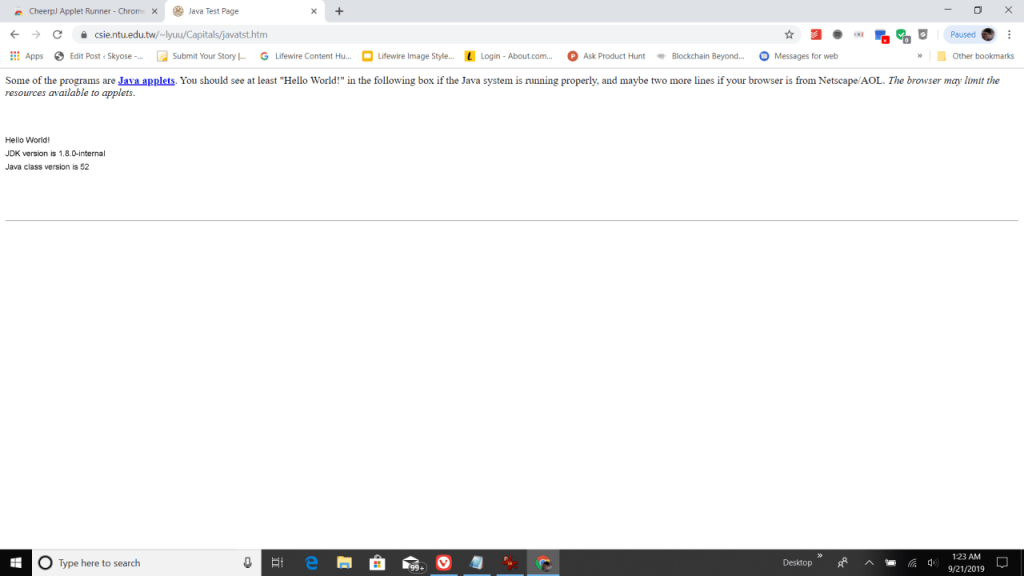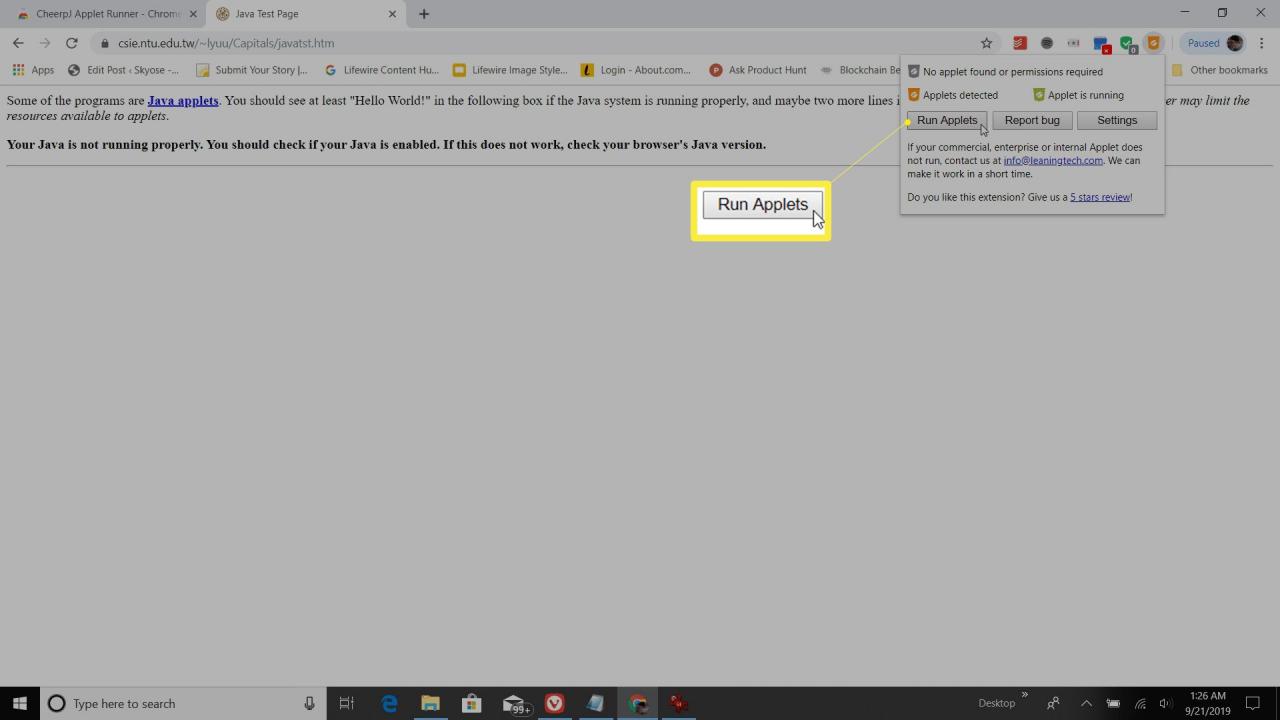

- #Wiki reader chrome for android#
- #Wiki reader chrome software#
- #Wiki reader chrome code#
- #Wiki reader chrome Offline#
Offline vector map rendering in C# using XamarinĢD and 3D map renderer using OpenGL ES, used to have its own vector tile service but as Mapzen went bankrupt it no longer exists.ĢD and 3D map renderer with own vector tile service compatible with Mapsforge. Supports online and offline tile sources and overlays for plotting icons, tracking location, drawing shapes. OSM based replacement for Android's MapView (v1 API) class. Hybrid components available for Cordova, NativeScript, React Native, and Xamarin.Īddon for osmdroid: Markers, Bubbles, Routes, Directions, KML and more. Offline or online vector map rendered on device using OpenGL ESĪndroid-Intent "geo:"-Uri gpx and kml file/urlĬustomizable, interactive vector maps styled in Mapbox Studio and rendered using OpenGL ES. Offline rendering and routing library using OpenGL ES customisable style sheets 2.5D perspective view with 3D buildings Supports 3D city overlays, editable vector overlays and is highly customizable.

#Wiki reader chrome code#
There are also a number of projects on GitHub and Google Code with both 'android' and 'openstreetmap' tags. Another benefit of using these libraries is that they respect OpenStreetMap’s tile usage policy by fetching tiles and other resources from dedicated servers instead of OpenStreetMap’s donated servers.
#Wiki reader chrome for android#
Several libraries make it easy for Android developers to incorporate OpenStreetMap in their own applications, whether as a static map image, a fully interactive map, or more sophisticated uses like geocoding and routing.
#Wiki reader chrome software#
Libraries for developers Main article: Software libraries

These applications also use OpenStreetMap in some fashion: These applications let you search for and learn about places on the map. It can also help you determine the satellites it can see and is using at any given time, which frequencies your device listens on (whether it supports dual band signals, for example), and the accuracy of the data your phone reports. GPSTest can help you determine which GNSS satellite networks your phone supports (Beidou, Galileo, GLONASS, GPS, QZSS, etc.). You can use GPSTest to troubleshoot your GPS data. Other applications that appear here have orienteering features that are still useful for that purpose. Some of these applications also appear in the Navigation section of this page, making them granular enough for use in turn-by-turn navigation directions. You can upload your GPS tracks to OpenStreetMap to help you add features to the map. The applications in Category:Android apps that can record GPS tracks allow you to record your movement as GPS tracks.


 0 kommentar(er)
0 kommentar(er)
